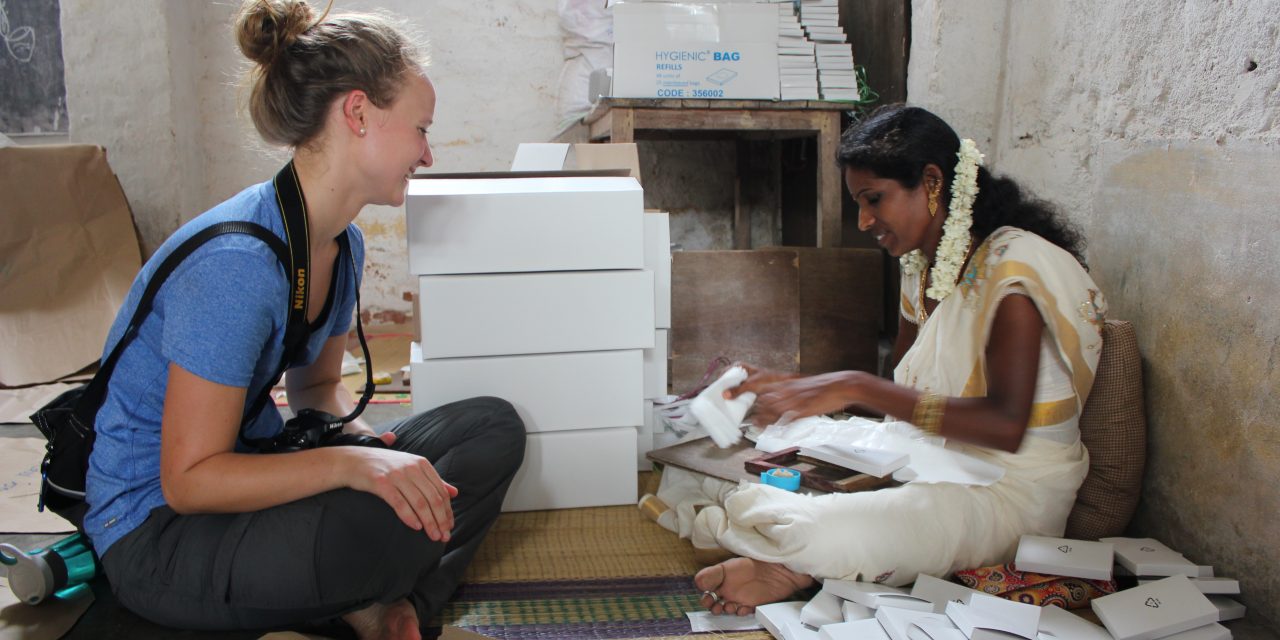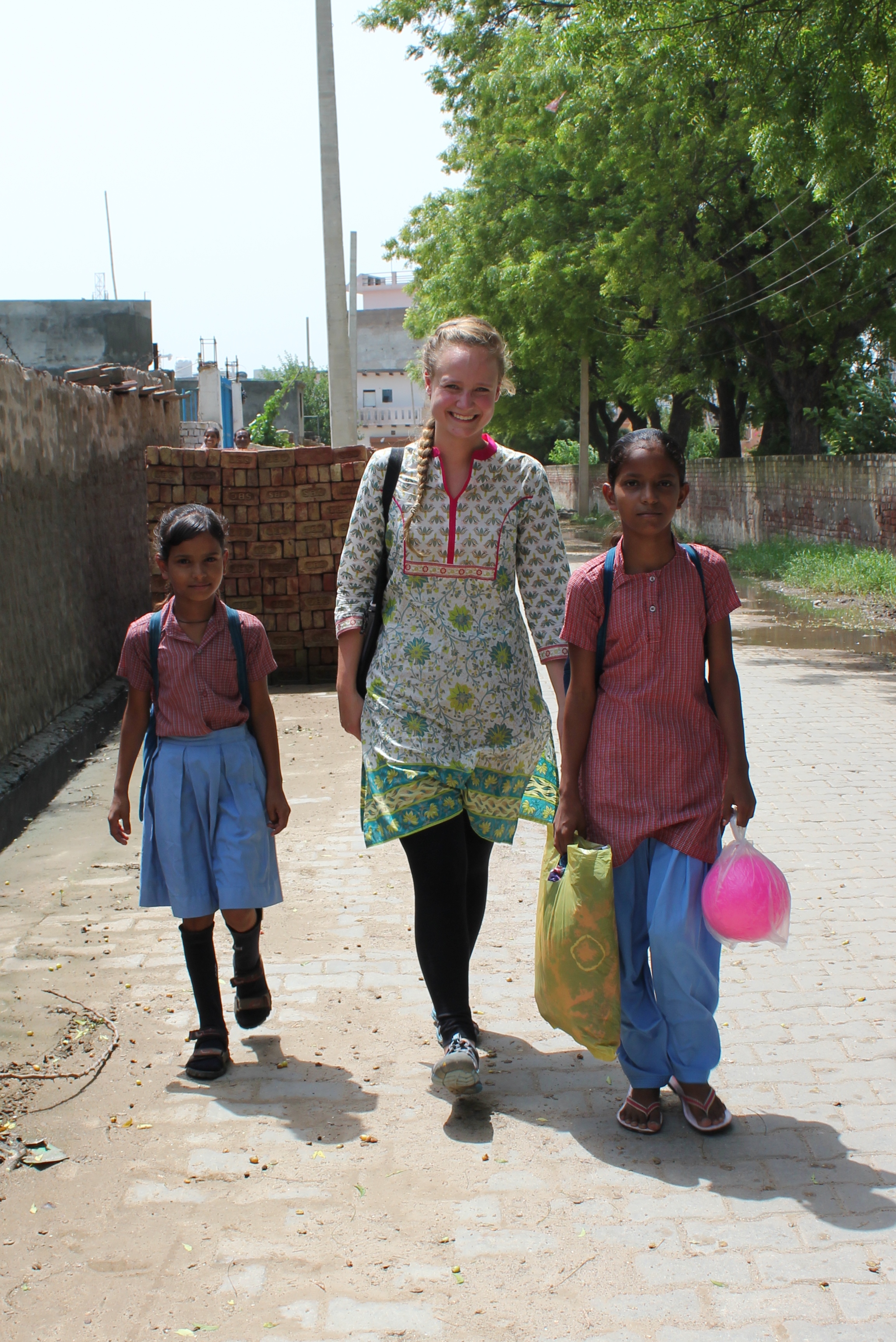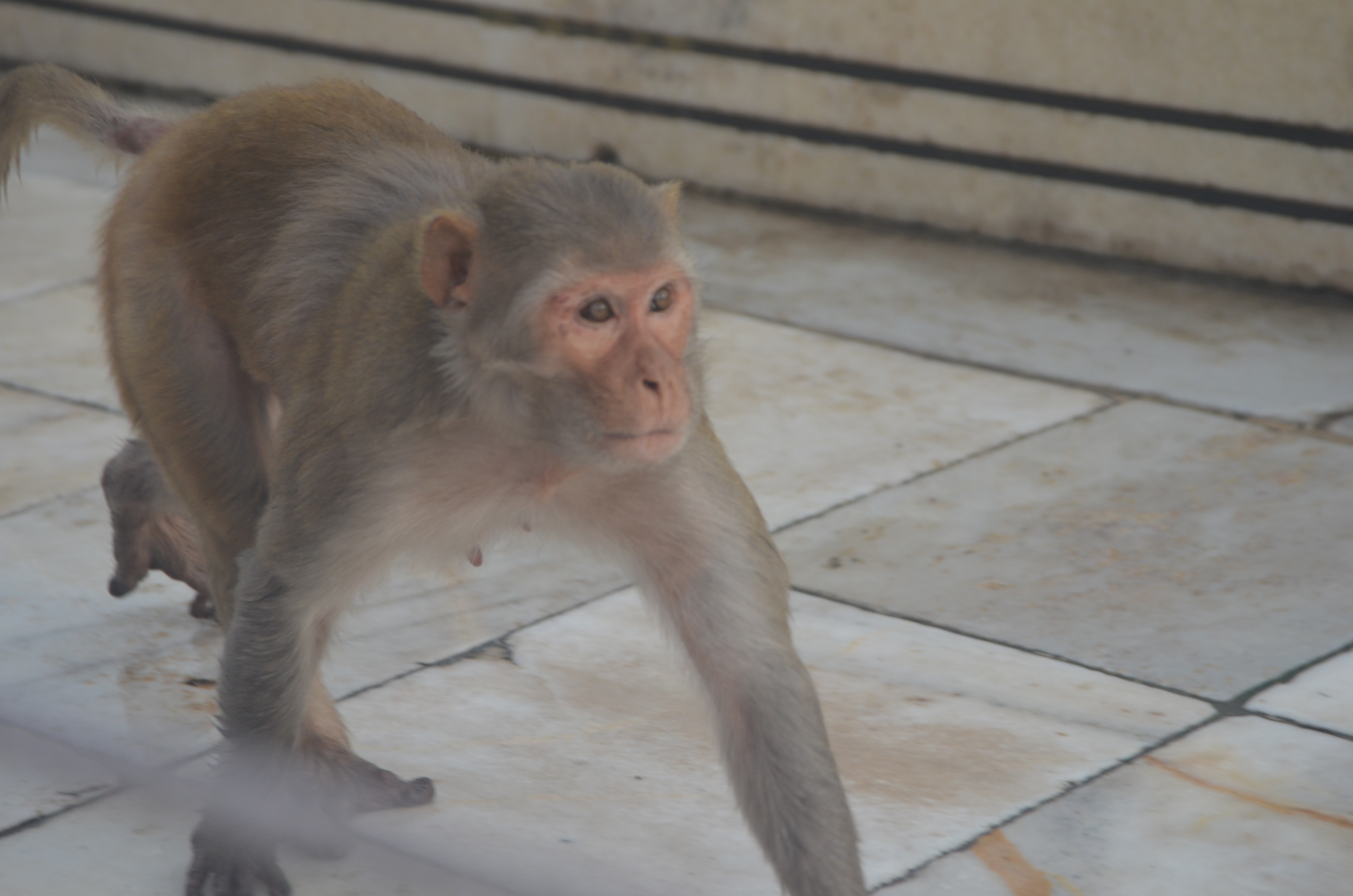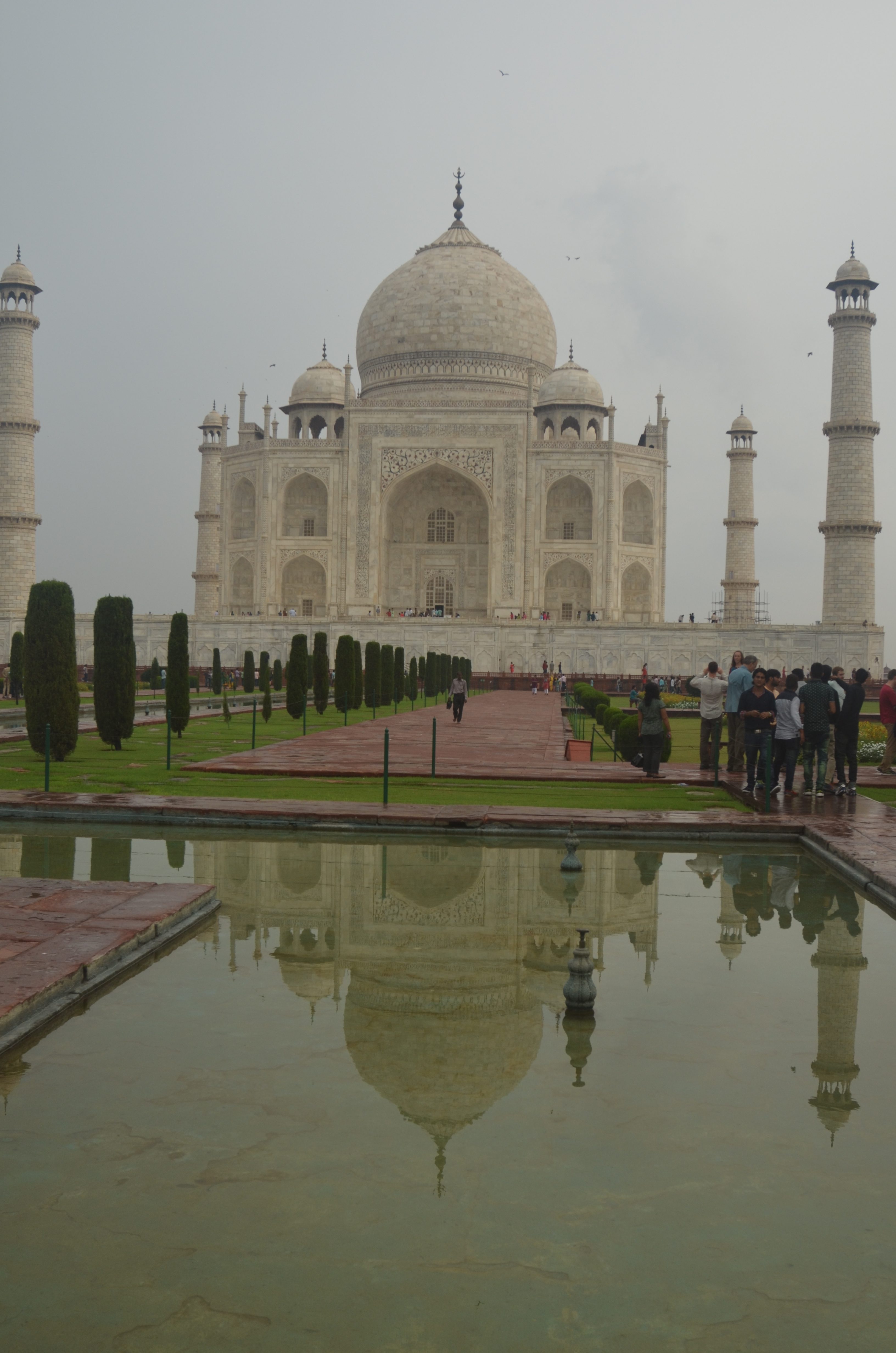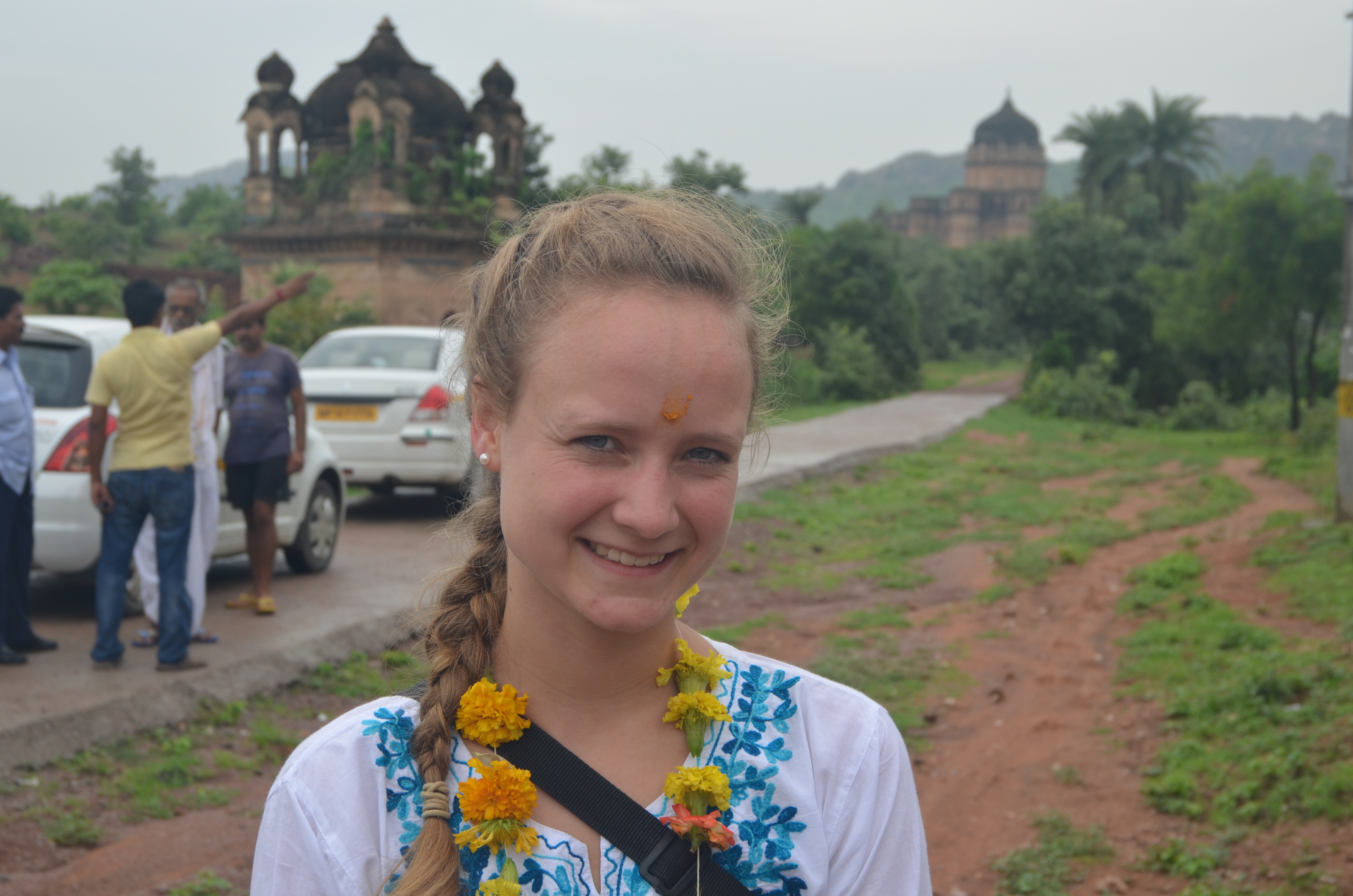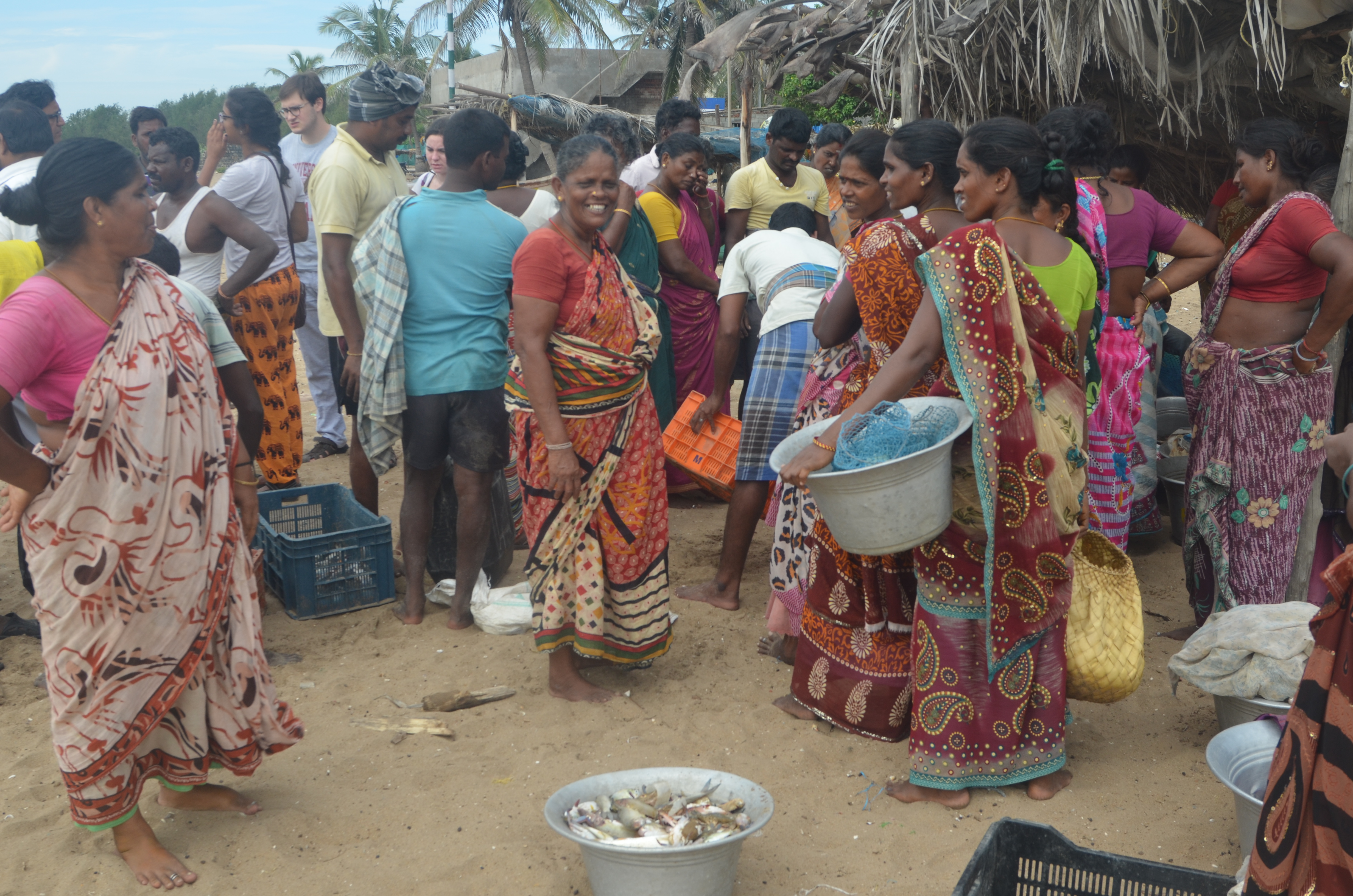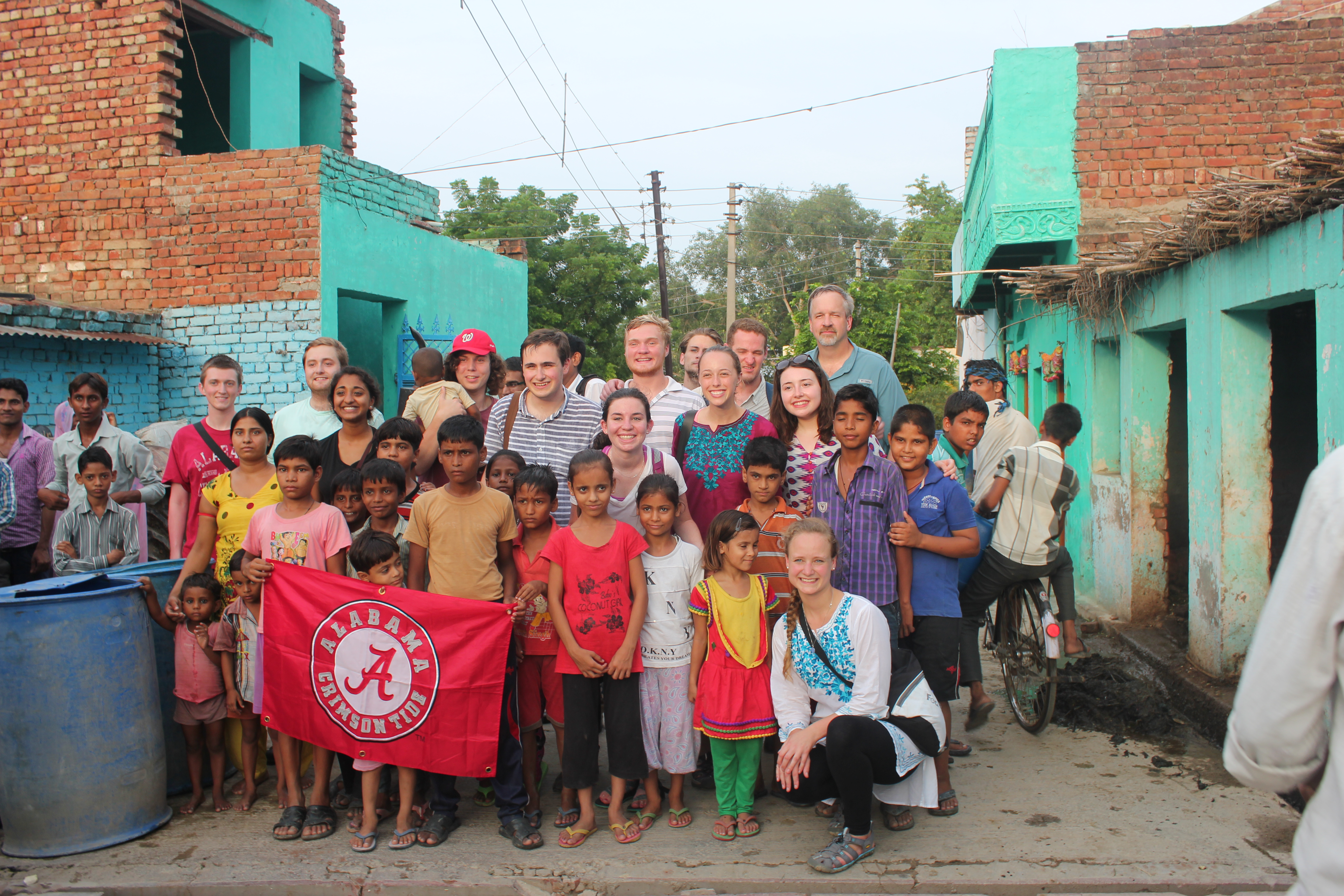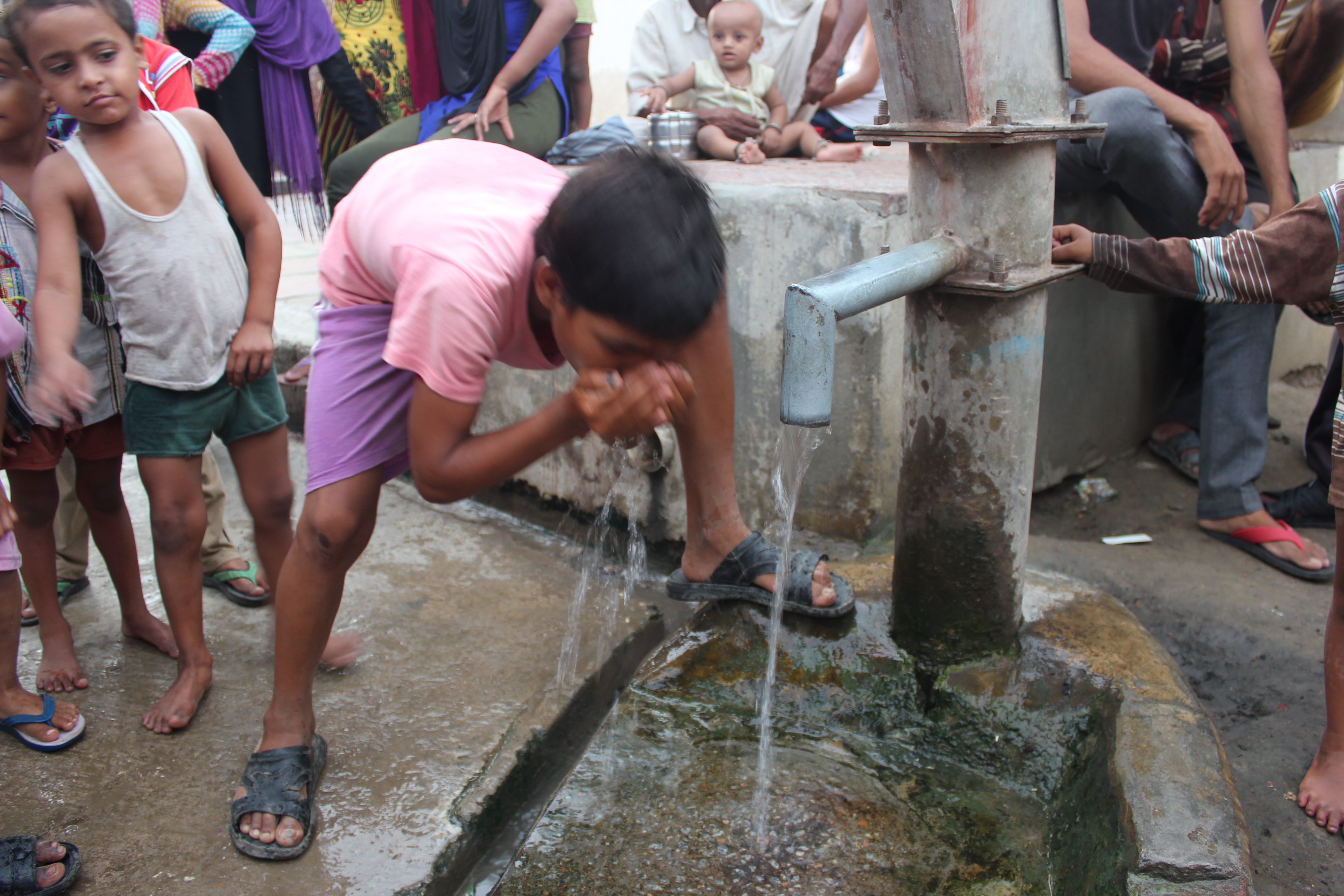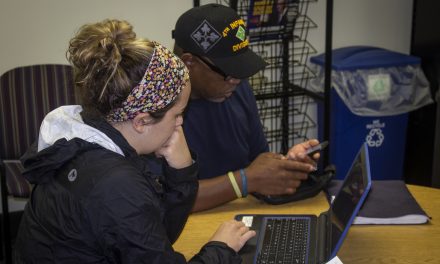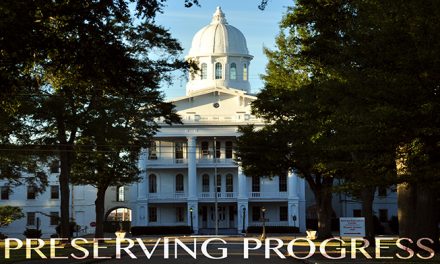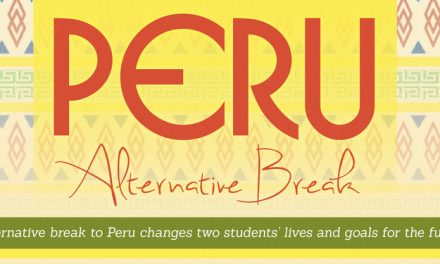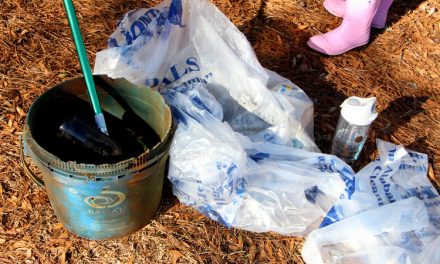For centuries, India has held the imaginations of explorers and entrepreneurs alike. Exotic stories and photographs of elephants and tigers, colorful markets filled with spices and tapestries, and ancient temples fuel the wanderlust of travelers. Likewise, tales of economic opportunity and rapid technological growth entice business-minded individuals to seek their fortune on the South-Asian peninsula. After 15 months of creating and developing the UA in India: Reverse Innovation Experience, I found myself in this storied land with a mix of both of these visions.
This past July, I traveled with 13 students from UA’s STEM Path to the MBA Program to six different Indian cities to study topics ranging from business and engineering solutions to poverty through Reverse Innovation, an alternative approach to charity through social improvement.
Charity benefits people in need, but due to limited resources, simply making donations to people in poverty over extended periods of time is not sustainable. Reverse Innovation promotes designing products and businesses in developing economies at low prices so that people in poverty can invest in the goods and create small entrepreneurships to support their families.
We arrived in India with the goal of gaining an understanding of the people and businesses and working with the communities to develop our own reverse innovation project.
A country of 1.2 billion people living in an area one third the size of the U.S., India suffers from enormous economic disparity. On one side of the road there is a row of beautiful modern glass buildings filled with technology offices, while just across the street there are dense slums filled with lopsided homes and hundreds of residents without access to basic necessities.
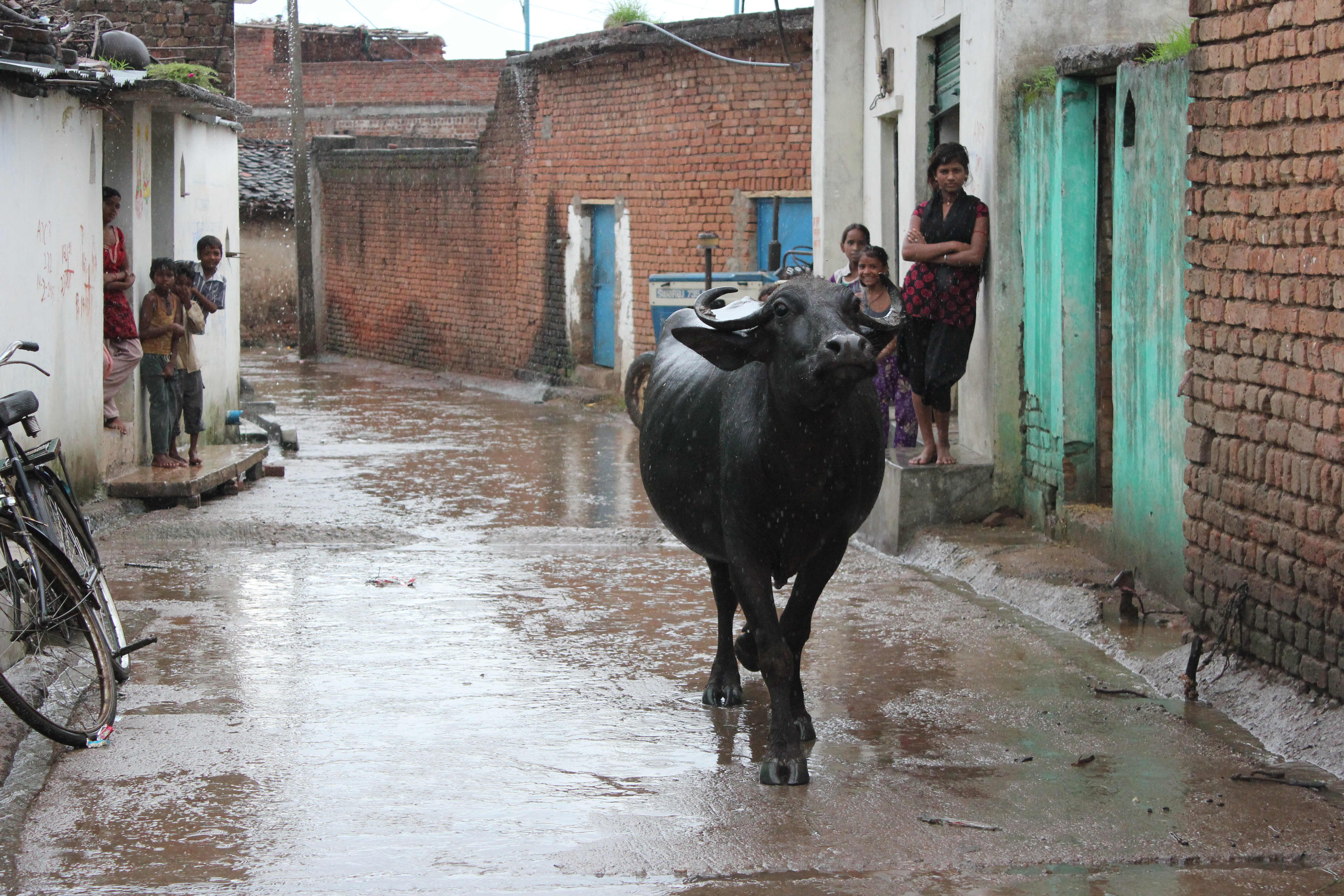
A water buffalo walks down a street during a monsoon rain.
We spent the first part of our trip in Northern India in New Delhi and Agra, then went east to Khajuraho. We visited migrant and farming villages, a tribal community, ancient temples, and the Taj Mahal, getting our feet wet (quite literally wet because it was Monsoon Season) in Indian culture. We made our way south through Hyderabad and finally to Chennai and Mahabalipuram, where we spent the final week of our trip in rural villages, slums, and fishing communities.
We worked in design teams to conduct field research with Indian consumers and create business plans for low-cost products to improve daily life. We brought our business models back to the United States to pitch to companies to raise capital and create prototypes and continue product development.
My team focused on the lack of drinking water in many of the villages we visited. India faces huge sanitation problems, millions without access to toilets or clean drinking water, and widespread outbreaks of Typhoid or Malaria. But often, most of the villagers either don’t realize the water is making them sick, or if they do, cannot afford a solution to the problem.
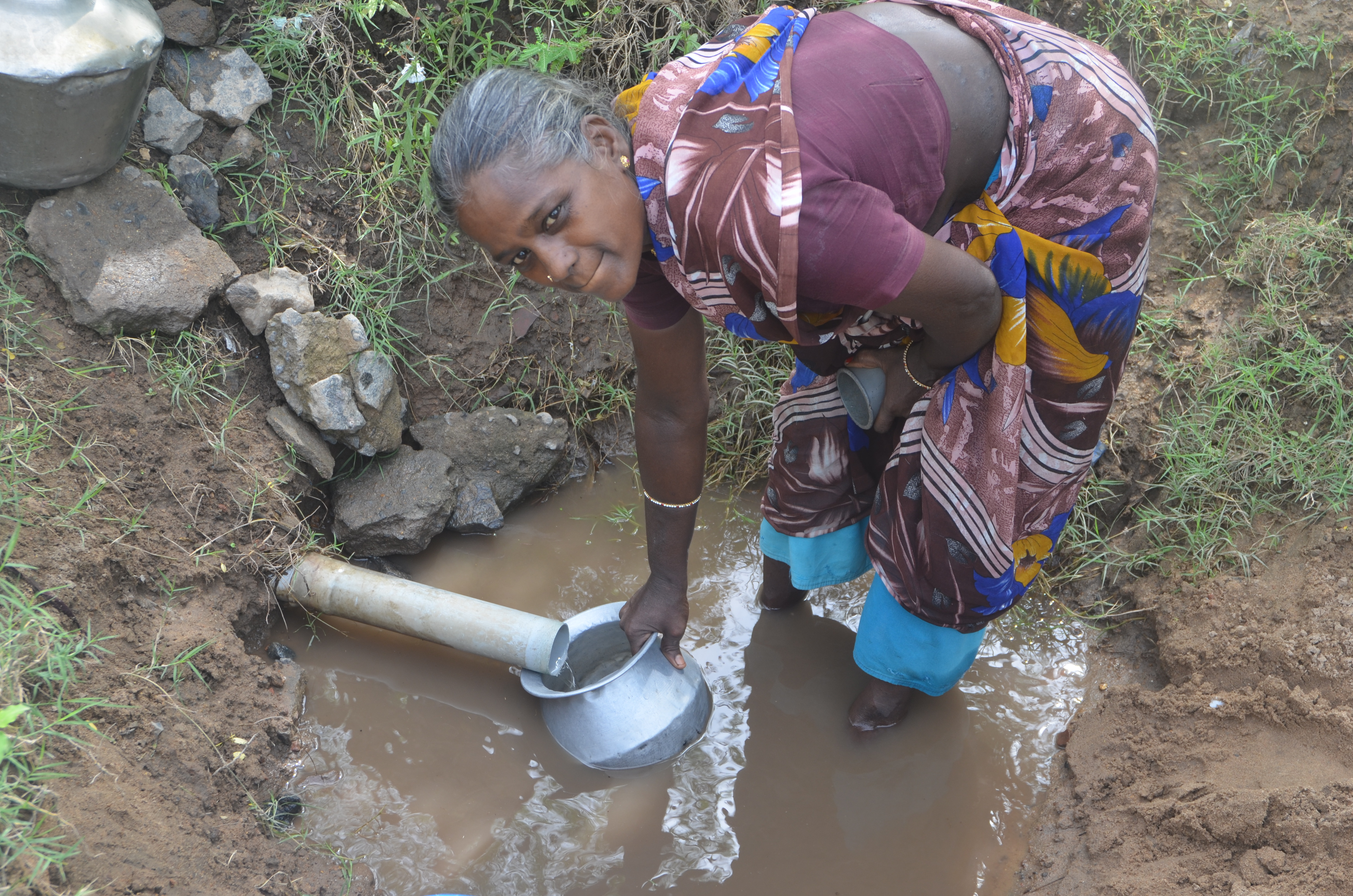
Instead of paying the government to put in a pump, the residents of the village dug a hole in the ground and cut the pipe. They experienced a lot of sickness from unclean water.
Each morning during our final week, we interviewed different villages with water problems. Our field visits included a water-bottling facility, several fishing communities along the beach, medical facilities, and multiple families who got their water from a well or pump provided by the city.
Through these interviews, we were able to develop potential ideas each night, then return the next day to get feedback on what we had created. We designed a filter that we are developing this year for our senior project, hoping to return to India next year to test our design.
In order to effectively impact lives in India, we had to understand the mindset of an Indian family that makes less than $2 a day, a first-hand experience that can’t be replicated in an Alabama classroom. We could only begin to grasp the small nuances of the local culture’s needs by traveling halfway around the world, visiting countless villages, sitting in homes, and talking with communities.
Once we had gained awareness of the fundamental challenges, we began to brainstorm ideas to alleviate some of the problems we saw. Traveling to India exposed me to the challenges faced in providing worldwide clean water access and the contributions I can make to create a solution.

